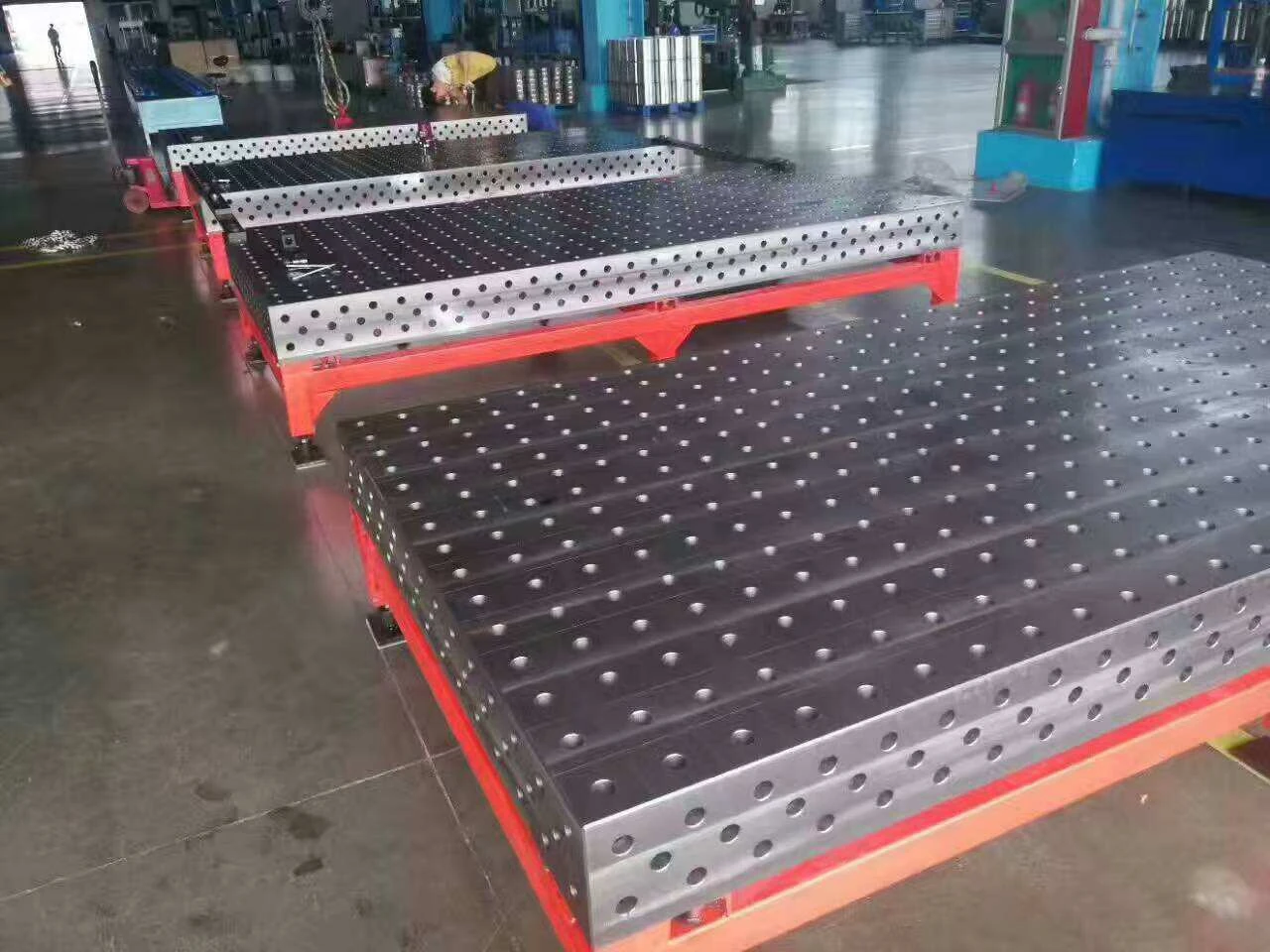marras . 12, 2024 05:51 Back to list
v block design
Understanding V-Block Design A Comprehensive Overview
The V-block design is a fundamental yet versatile concept used across various engineering and manufacturing disciplines. It serves as a cornerstone in the assembly, testing, and alignment of precision components. This article outlines the key features, applications, and benefits of V-blocks, as well as their relevance in contemporary engineering practices.
What is V-Block Design?
At its core, a V-block is a tool or fixture used to hold cylindrical objects in place. It is typically constructed from durable materials such as steel or aluminum and features a V-shaped groove that accommodates the cylindrical workpieces. The design allows for optimal stability and precision during machining, assembly, or inspection. V-blocks can be found in various dimensions and configurations to suit different applications, making them adaptable tools in many environments.
Key Features
1. V-Shaped Groove The most distinctive feature of a V-block is its groove, which provides a stable resting place for round objects. This design minimizes movement during operations, enhancing accuracy. 2. Flat Surface In addition to the V-groove, V-blocks often have flat surfaces that can be used for additional clamping or referencing points. This combination allows for versatile setups in various workflows.
3. Mounting Holes Many V-blocks come with pre-drilled holes for easy mounting. This feature facilitates connections with clamps or other fixtures, allowing users to create a secure working environment.
4. Material Selection V-blocks can be made from various materials depending on the requirements for wear resistance, strength, and weight. For instance, hardened steel V-blocks are common in heavy-duty machining applications, while aluminum versions are lighter and easier to handle.
Applications of V-Block Design
V-blocks see widespread use in engineering, manufacturing, and even educational setups. Some of the most prominent applications include
1. Machining and CNC Operations In machining environments, V-blocks are instrumental for holding cylindrical parts steady during milling, drilling, and grinding processes. Their precision design helps achieve tighter tolerances and better surface finishes.
v block design

2. Inspection and Testing V-blocks provide a reliable method for holding parts during inspection processes. Whether for measuring diameter, concentricity, or other critical tolerances, these fixtures ensure that the parts remain stable, leading to more accurate readings.
3. Welding Fixtures During welding operations, proper alignment is crucial. V-blocks help position cylindrical components accurately, allowing for uniform welds and reducing the risk of distortions.
4. Educational Tools In educational settings, V-blocks are often used in labs to teach students about precision measurement and machining practices. Their straightforward design makes them easy to understand and employ.
Benefits of Using V-Block Design
The adoption of V-blocks in various processes provides several advantages
1. Increased Accuracy By stabilizing parts during machining or inspection, V-blocks significantly enhance the accuracy of operations. This is especially critical in industries where tolerances are tight, such as aerospace or automotive manufacturing.
2. Ease of Use Their intuitive design makes V-blocks user-friendly. With minimal setup time, operators can quickly secure components and start working, leading to increased productivity.
3. Versatility Available in different sizes and configurations, V-blocks can accommodate a variety of workpieces. This versatility makes them a favorite in machine shops, manufacturing facilities, and educational institutions.
4. Cost-Effectiveness Investing in quality V-blocks can yield long-term savings. Their durability and effectiveness in enhancing machining processes often result in fewer errors and reduced material waste.
Conclusion
The V-block design is a simple yet powerful tool that embodies precision and versatility. Its application across various domains highlights its significance in modern engineering. As industries continue to demand higher levels of accuracy and efficiency, the role of V-blocks is expected to evolve, incorporating advancements in materials and technology. Understanding and utilizing V-blocks effectively can undoubtedly contribute to improved operational outcomes, solidifying their place in the toolkit of engineers and machinists alike.
-
Threaded Ring Gauge Measurement UncertaintyNewsJul.14,2025
-
Spirit Level Ruler Calibration CheckNewsJul.14,2025
-
Magnetic V Block Material GradesNewsJul.14,2025
-
Indicating Micrometer Digital DisplaysNewsJul.14,2025
-
How Accurate is a Typical Ruler with Right AngleNewsJul.14,2025
-
Go No Go Pin Gauge Temperature EffectsNewsJul.14,2025
Related PRODUCTS









